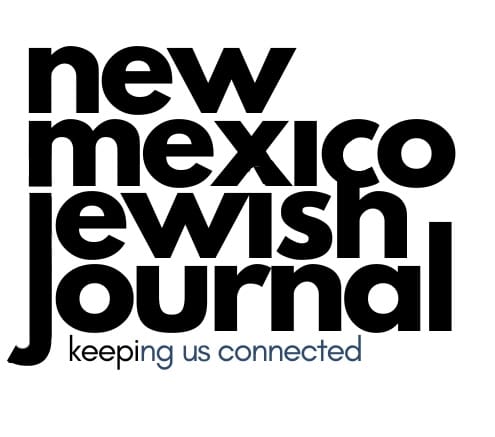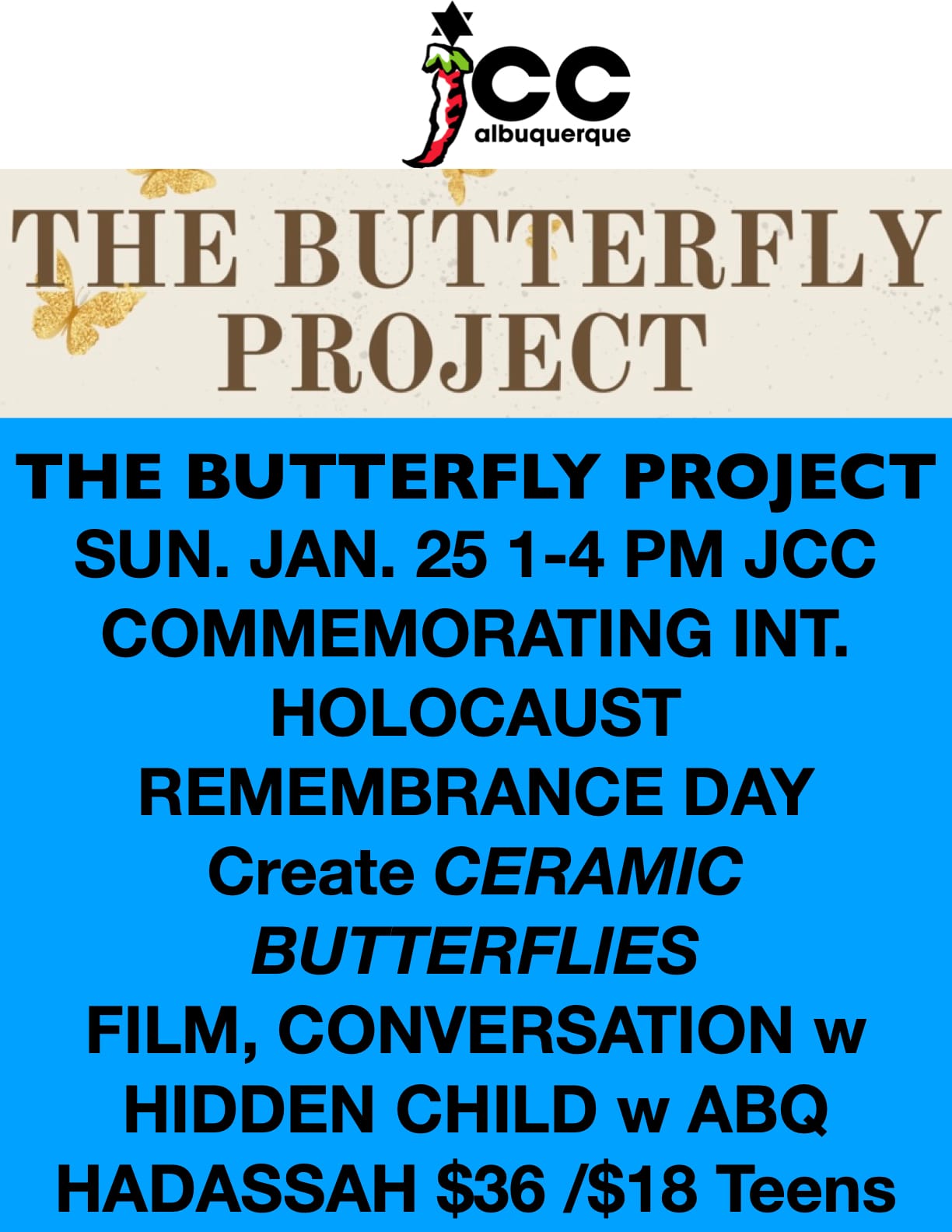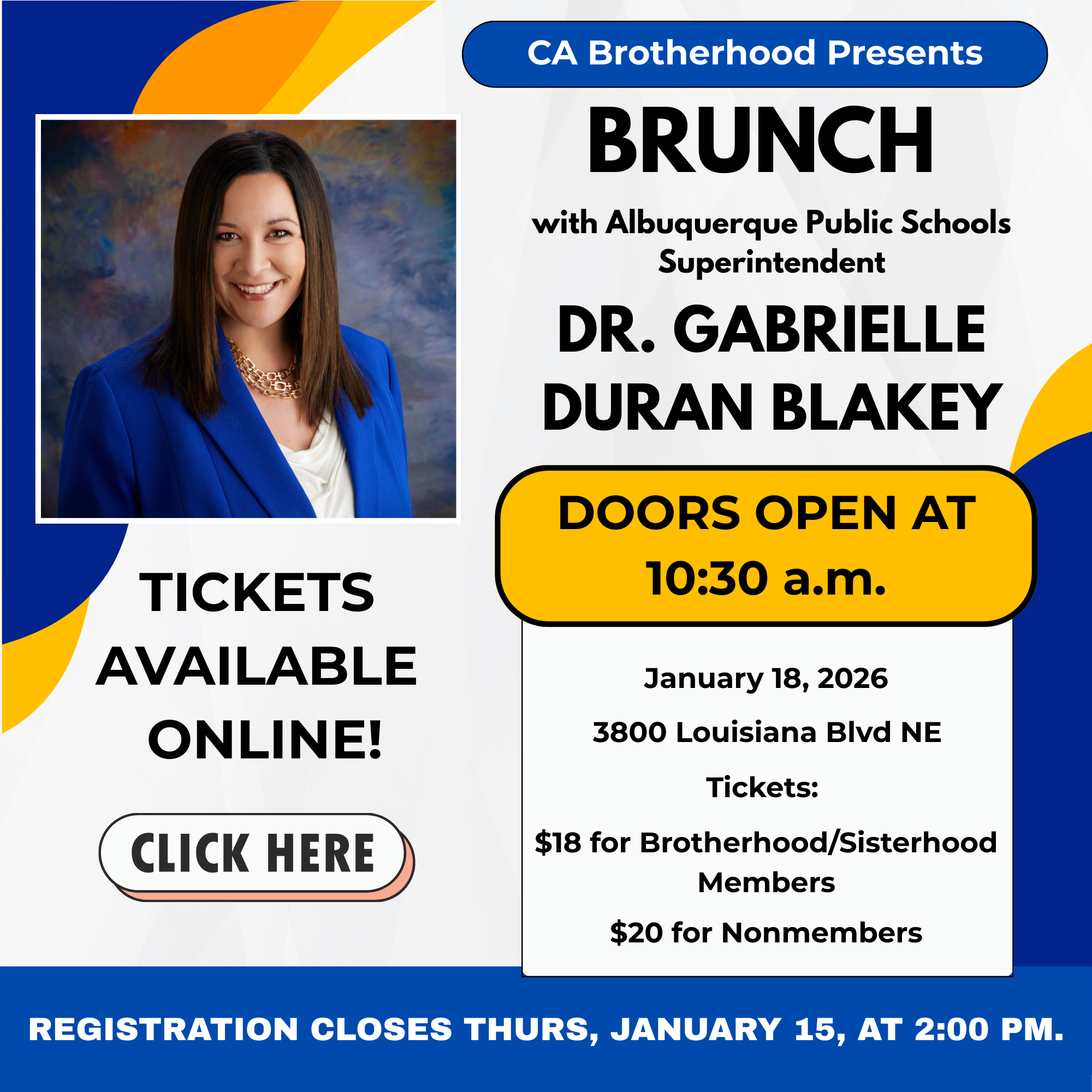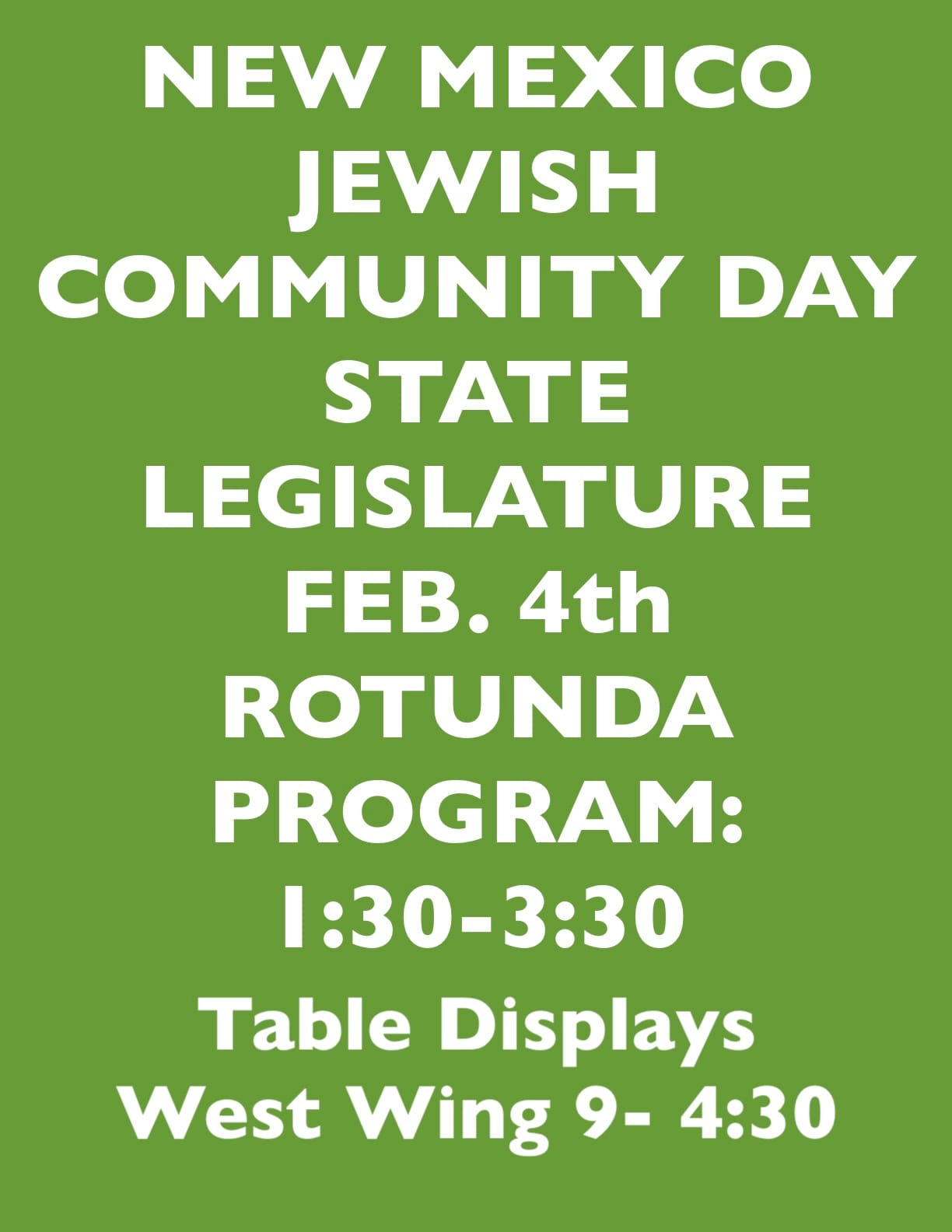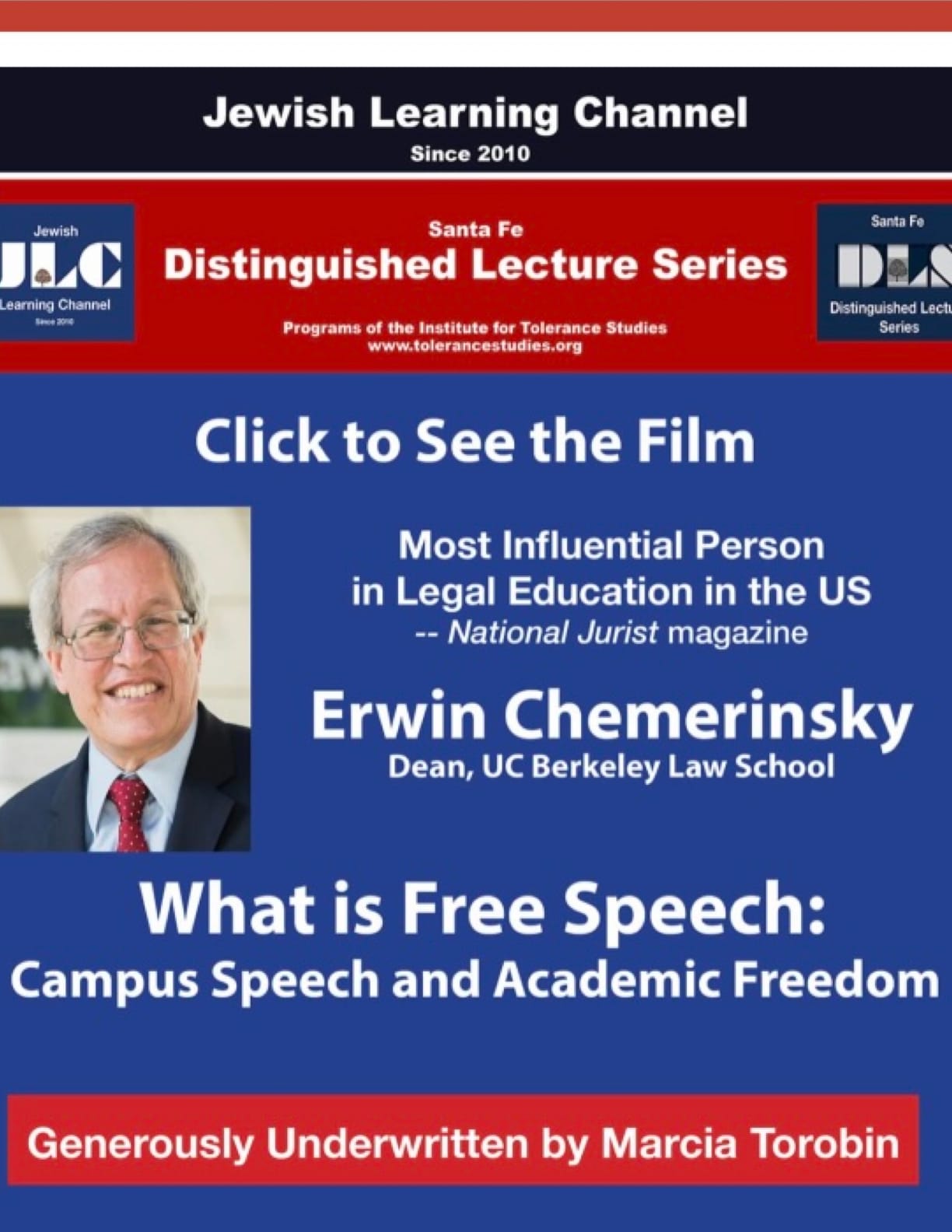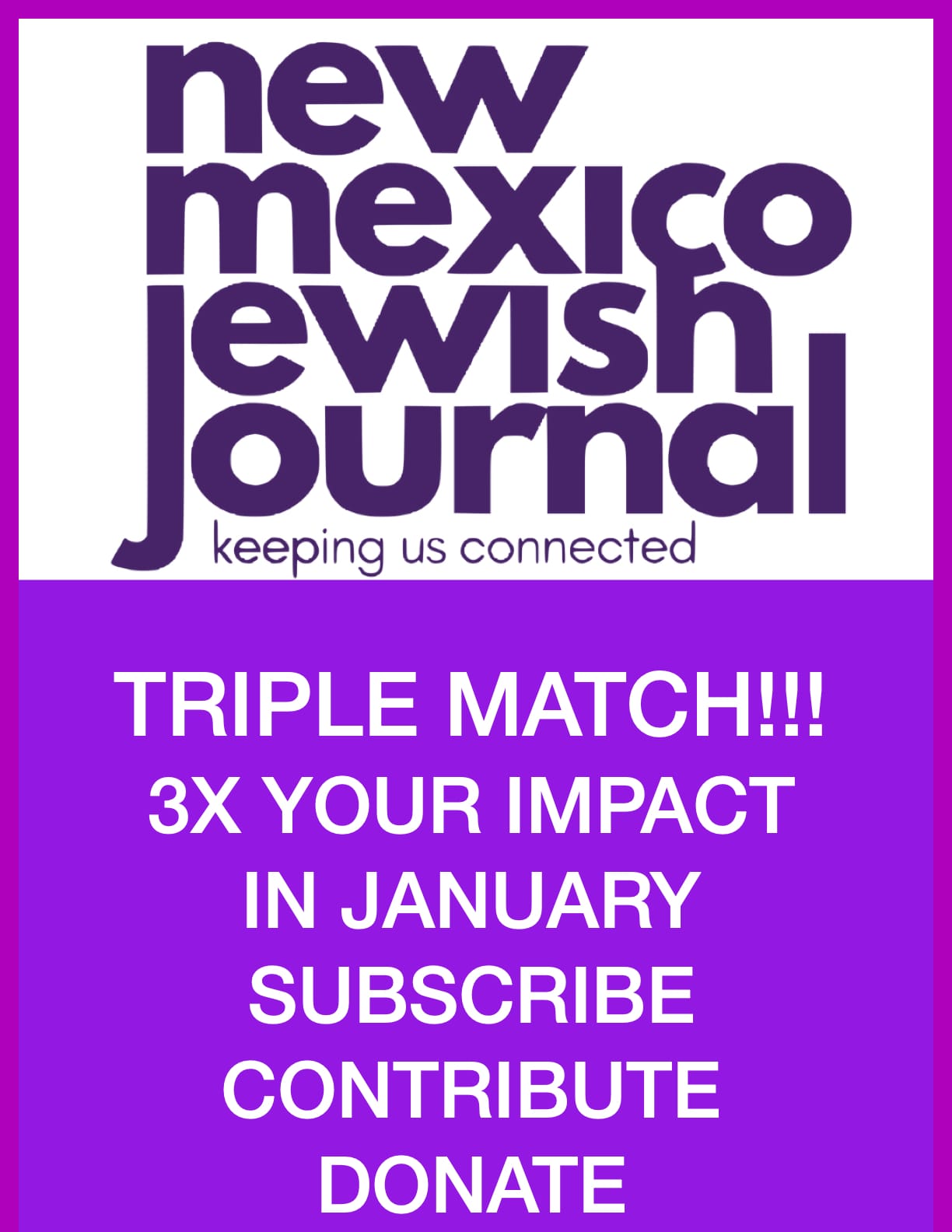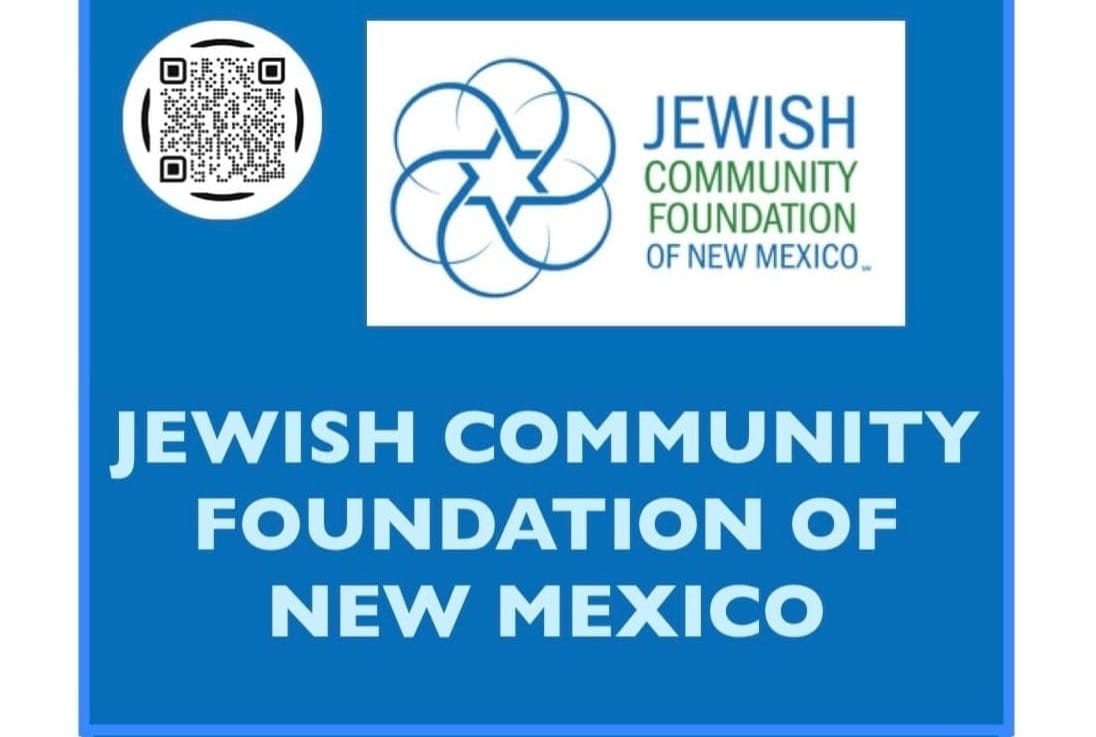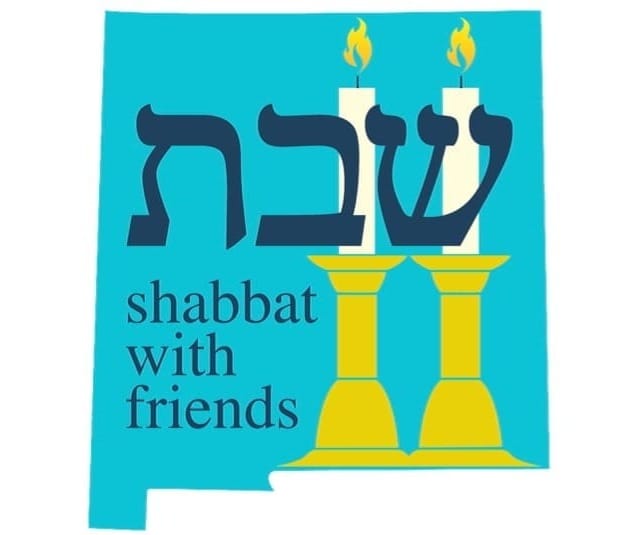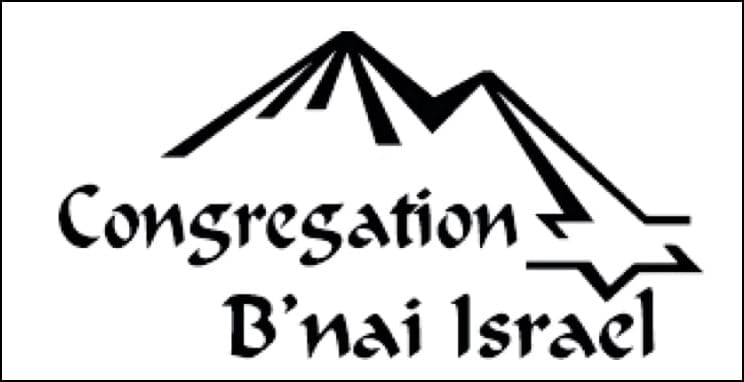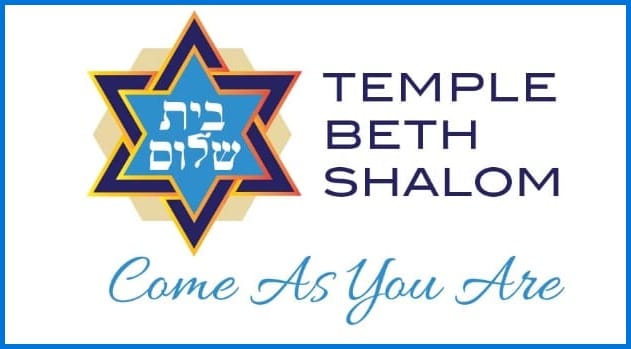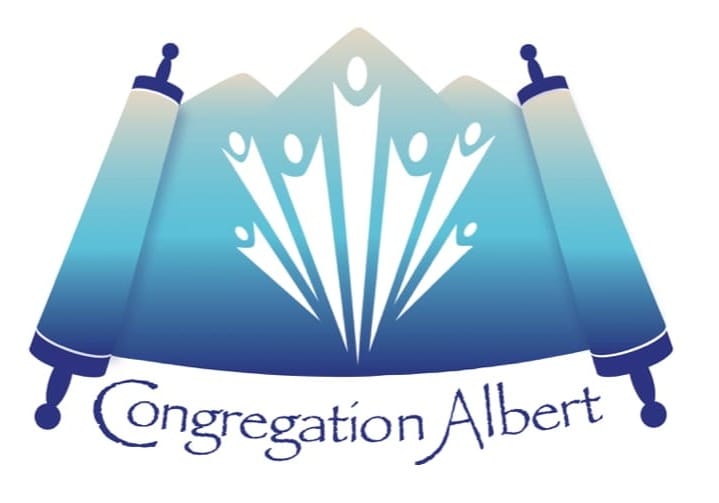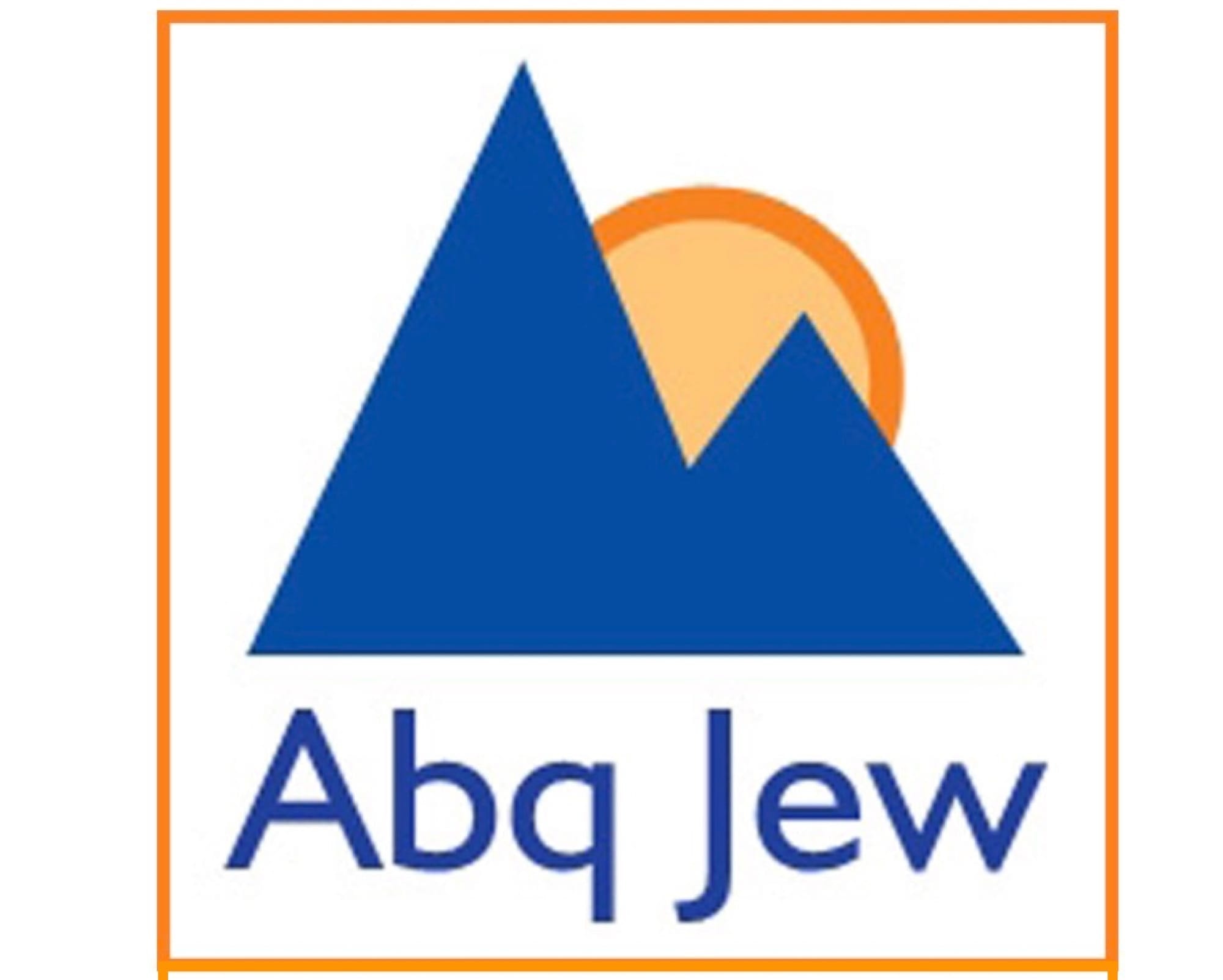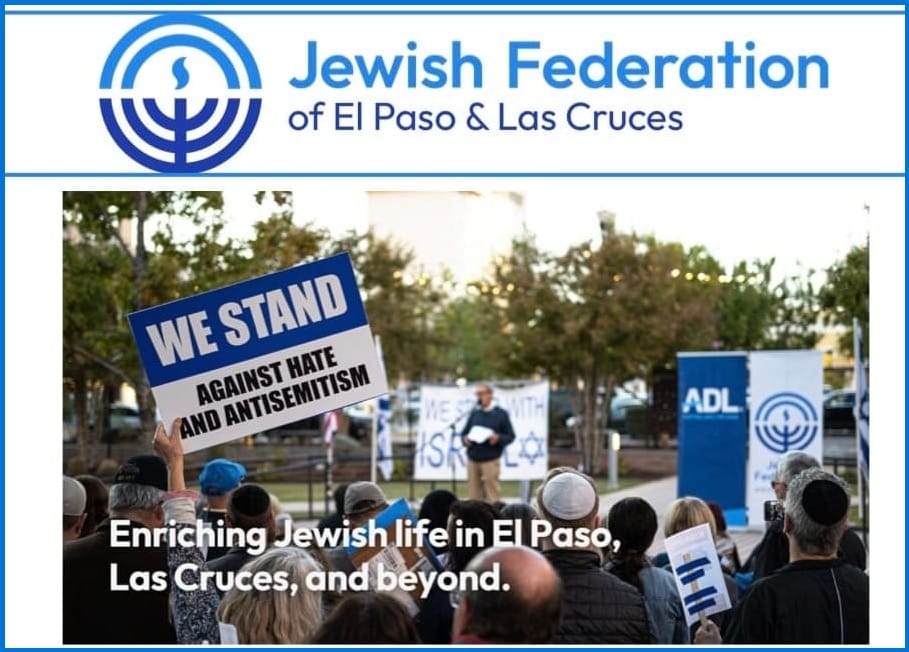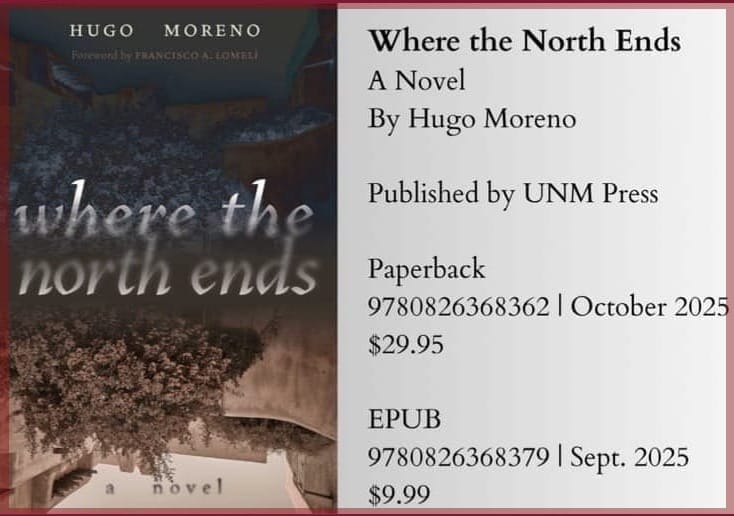Finding the Jewish Community in Panama: Bagels in the Boondocks
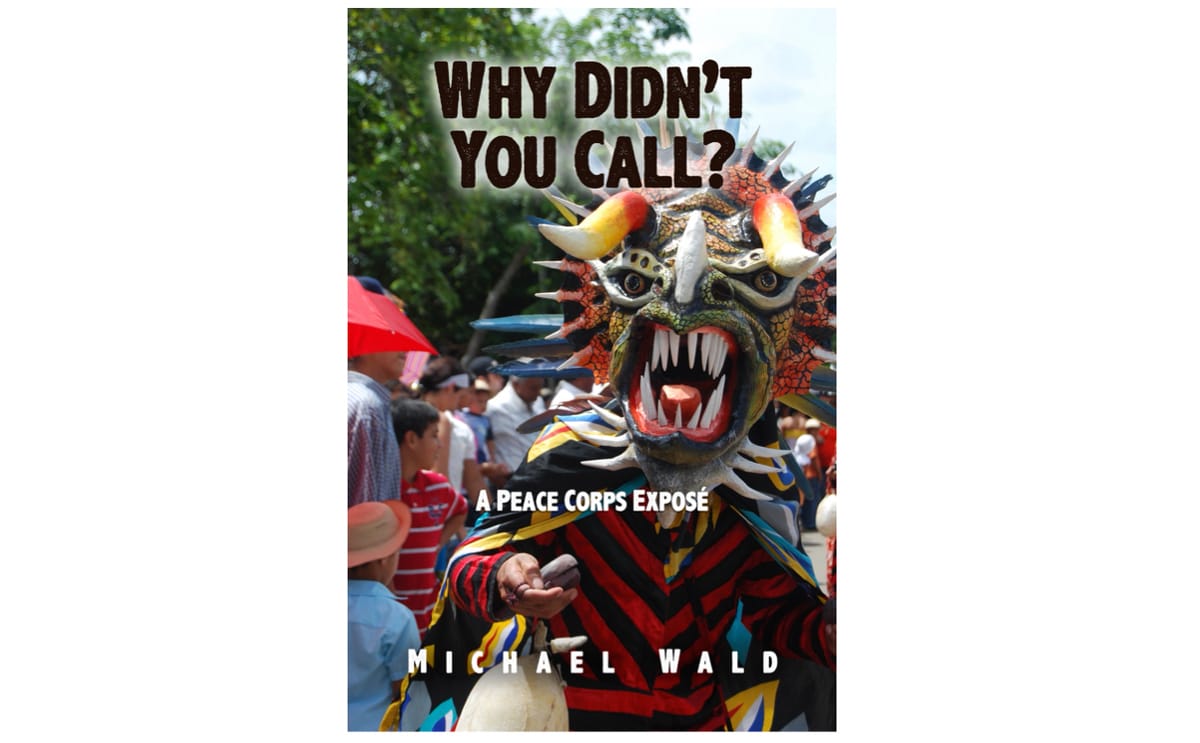
By Michael Wald
photos by Michael Wald
Are there Jews in Panama? Let’s take a first-hand look.
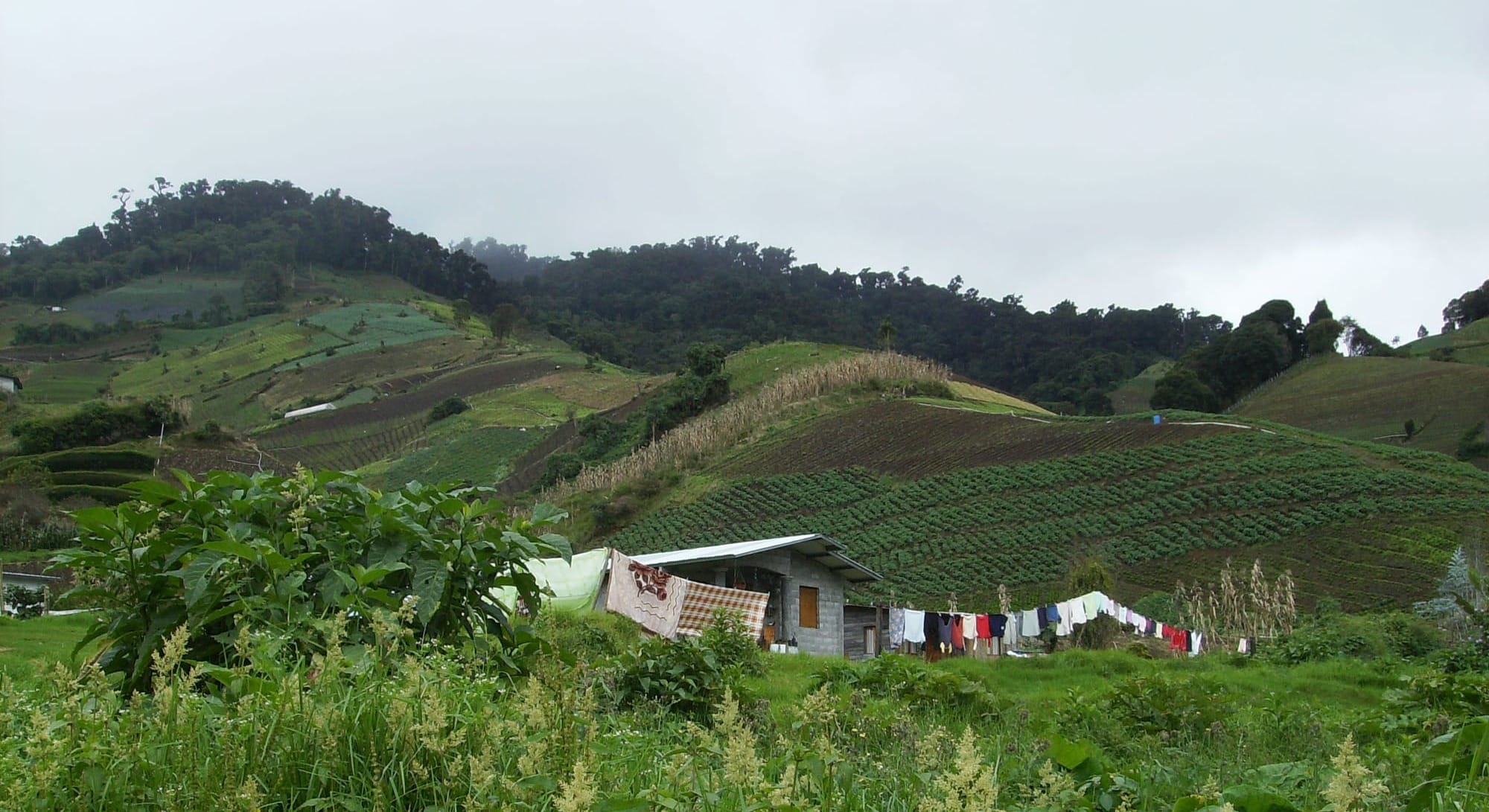
I served two years as a Peace Corps volunteer with my wife, Jackie, in Panama from 2008 to 2010. We were stationed in the remote city of Santiago about four hours by bus from Panama City, the capital. In Santiago, we found no discernable Jewish presence.
Most Panamanians were either Catholic or Evangelicals. Many colorful national holidays and parades centered around the Virgin Mary. All government buildings had icons abundantly adorning their offices.
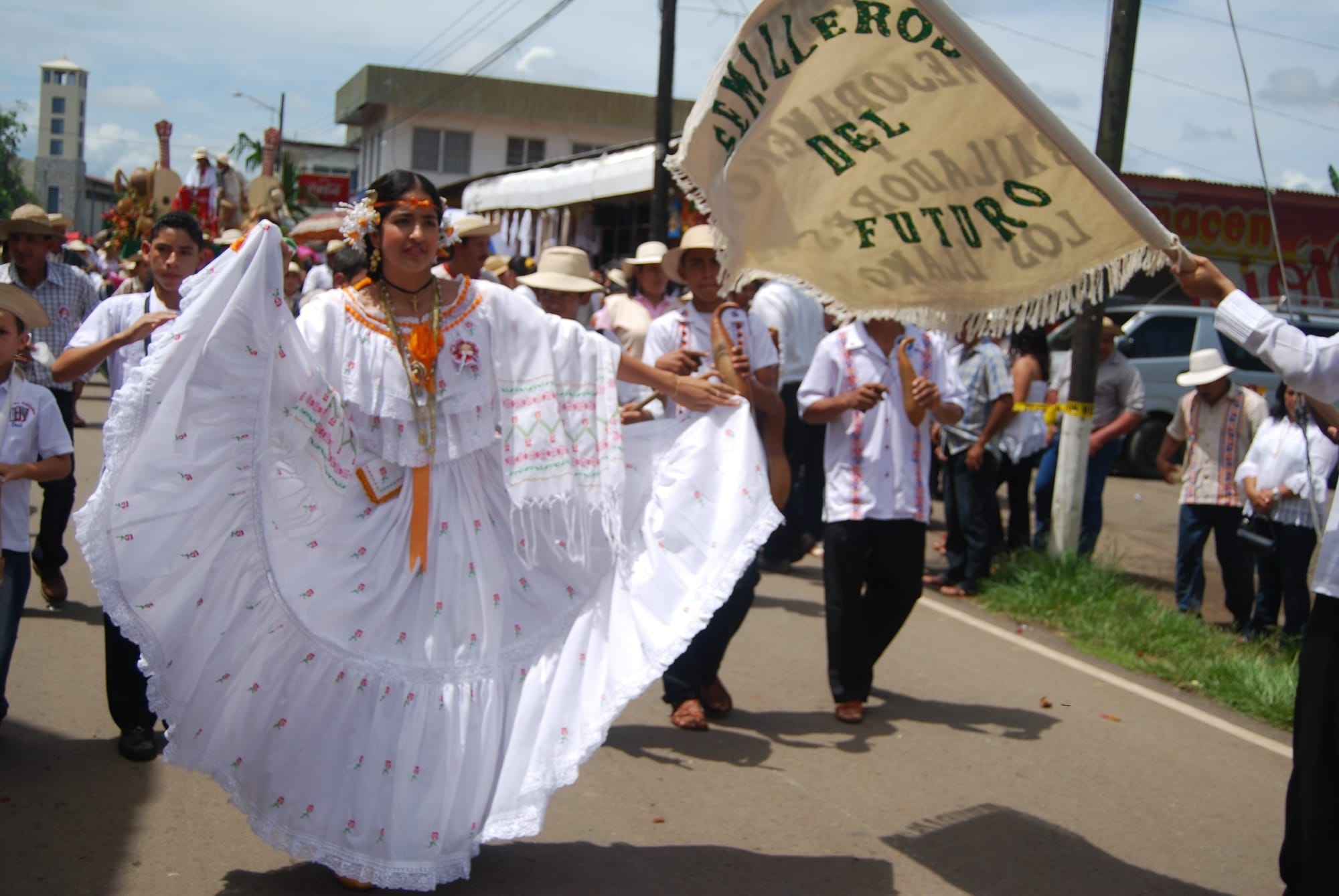
Several other Peace Corps volunteers were Jewish. We invited a few of them to celebrate Passover with us in April 2009. But where did we find matzoh, you might ask? We found it and a thriving Jewish population in Panama City. Things may have changed since then, but I doubt very much.
One weekend we hired a taxi to take us to attend a Sabbath service in Panama City at the Reform Temple located in a newish, remote, mainly industrial area close to the airport. Because Jews feel under attack around the world, especially in Latin America following a horrible and deadly bombing of a Jewish Center in Argentina some years back, in order to attend services was like trying to enter enemy territory. It required some planning: an advance reservation and giving the synagogue our passport and personal information for a background check. Then, upon arrival, we were thoroughly screened once again. The service was quite familiar: a reform congregation used the same tunes and Hebrew prayers we did at home. The only difference was that the readings that would normally be in English were in Spanish.
After the service, at the Oneg, most of the congregants were able to converse with us in English, although we were also able to speak Spanish when necessary. The food offerings were generally the same as what we would have had in the United States at an Oneg, including bagels and cream cheese. We were the oddity. No one was quite sure whether to trust us, I felt.
The Peace Corps had certain hotels in Panama City and around the country that it recommended volunteers to stay at. They were generally low budget hotels (we were not paid for our volunteer service and were encouraged to live at the living standard of the Panamanians we served), and these hotels were inspected by the Peace Corps to ensure that we should be safe staying there.
Two of the approved hotels in Panama City were in a district called Bella Vista which attracted many Orthodox Jews, we learned by surprise. An Orthodox congregation in the vicinity and a Jewish yeshiva in the neighborhood attracted hotel guests who did not drive on the Sabbath.
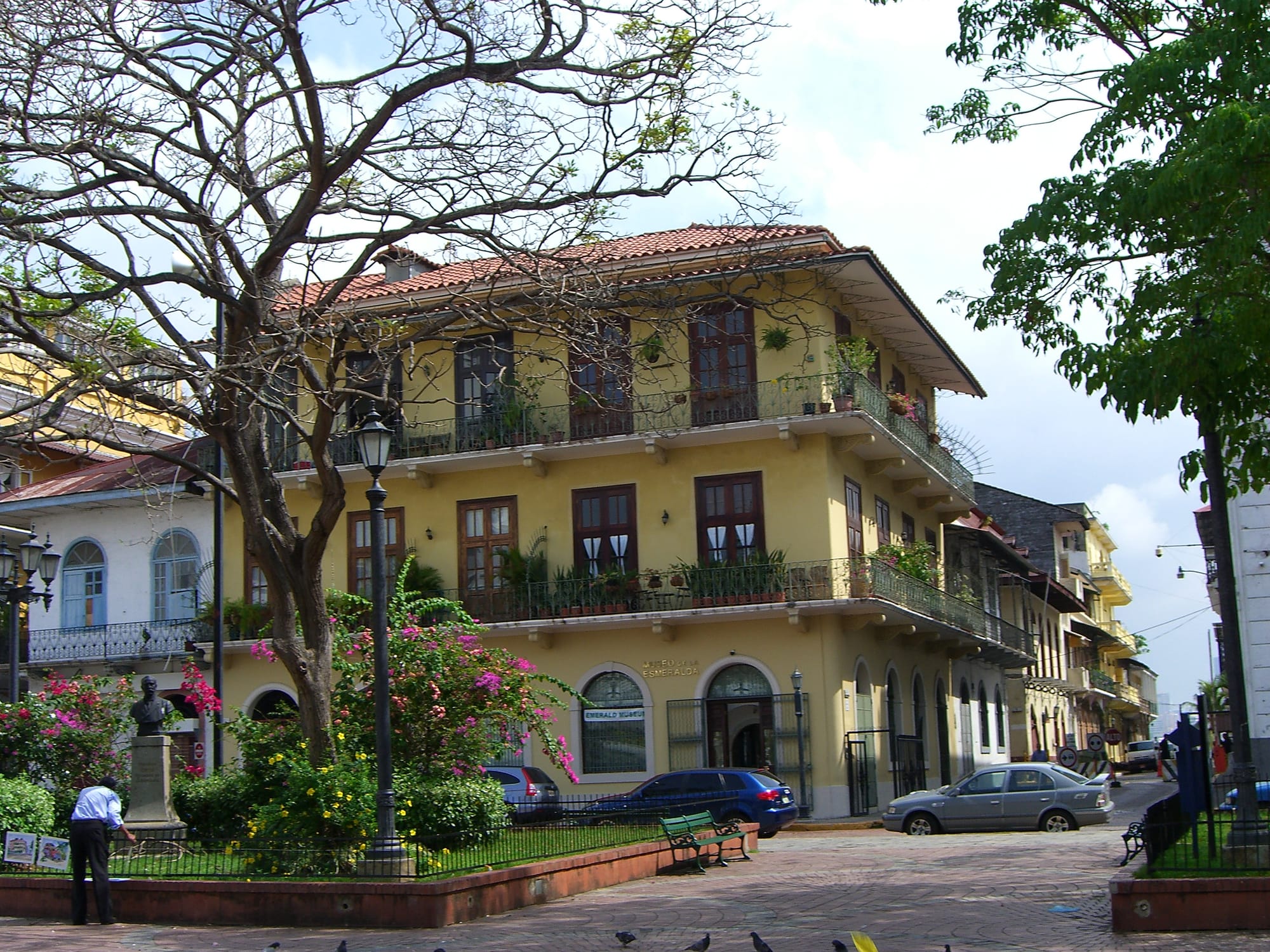
One Christmas week we traveled to Panama City because we were quite happy to be meeting up with our children there. They were able to take Christmas vacation time to visit us. We wanted to celebrate Hanukah by lighting candles. We had adjoining hotel rooms. Outside our rooms we congregated near the stairwell, lit candles on a tinfoil menorah, and started singing Hanukah songs when a neighboring hotel guest came out of his room, tzitzit flowing, and joined us. He didn’t speak English, but only Hebrew was needed. He appeared to be an Orthodox rabbi from Israel who resided in the hotel, walking to synagogue and teaching at the school.
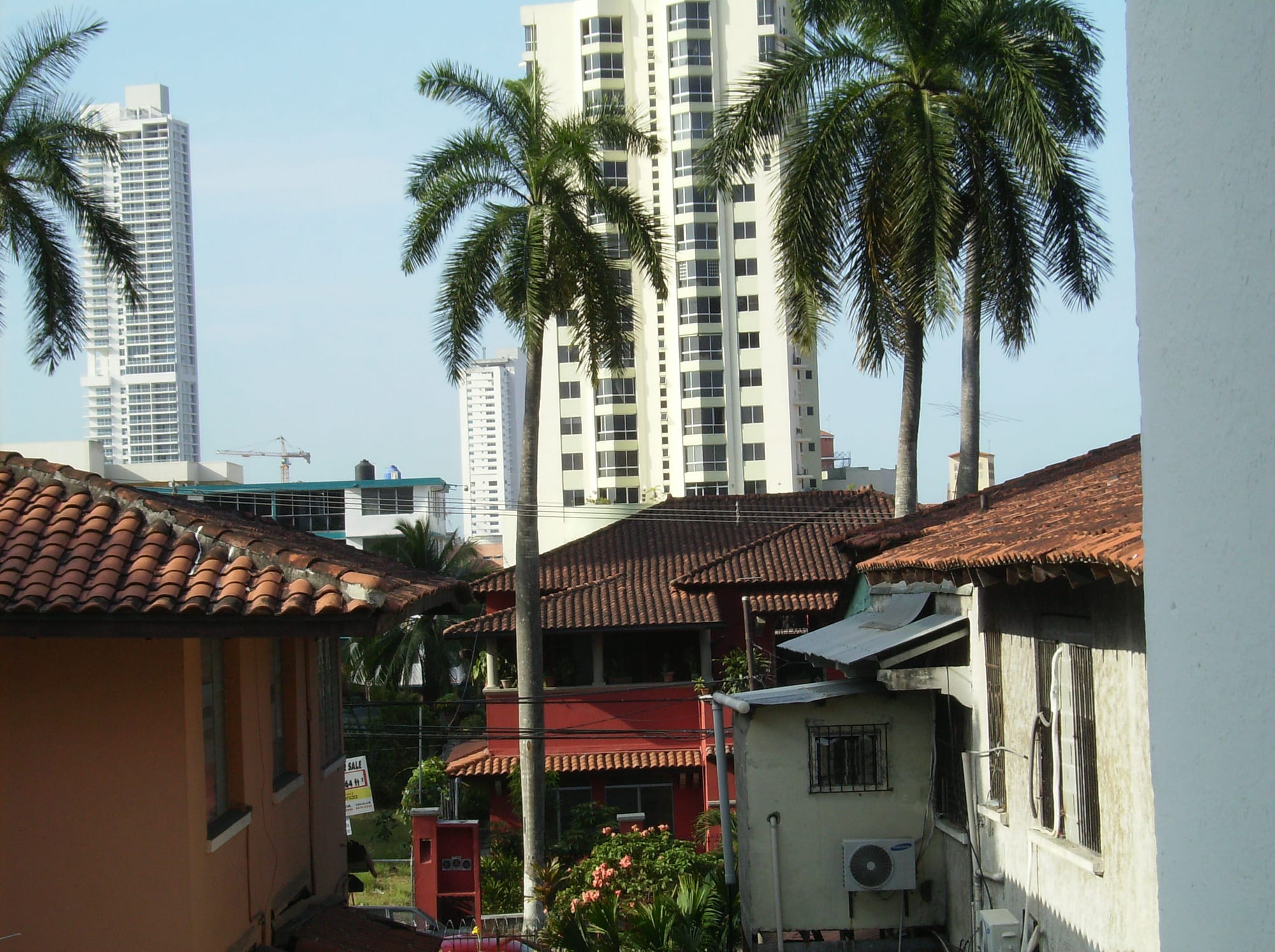
One day back in Santiago, an acquaintance told us that her son had graduated from college and was working at a school in Panama City. We knew the son as we had tutored him in English and found his language skills quite good. The friend said her son’s work situation was “strange” because he was told not to bring any food to work and was fed every day at lunch, something that is not normally done in Panama. Jackie immediately wondered whether the school might, perhaps, be a Jewish school that kept kosher?
On our next trip to Panama City, we made a point to visit our friend’s son as part of our itinerary. Sure enough, he worked at one of two Jewish day schools in Panama City. We were able to get a tour of the school which had a reputation for having excellent academics. It attracted some non-Jews as students much like a Catholic school might in the US. Eventually we were able to get a tour of the other day school as well.
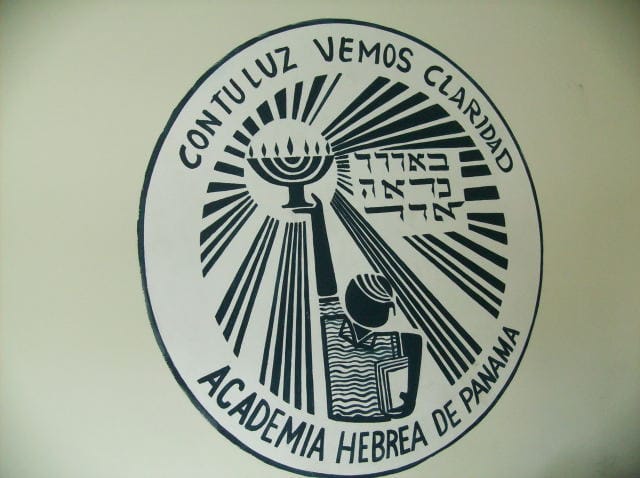
Jackie had taught Jewish pre-school in the US, so the sights and sounds at both schools were familiar. The refrains of Shabbat Shalom, Zum Gali Gali, and other songs for children wafted through the rafters identically as when Jackie sang them with her preschoolers in the US.
As we grew our network of acquaintances in Panama City, we eventually met a lady in the city who helped students get into good colleges in the US. She was Jewish, and her children had attended one of the Jewish day schools. Unsurprisingly, we learned most of the students at the day schools go on to attend higher education, many in the US, where colleges welcome Panamanians who pay full tuition, sometimes $50,000 per year.
Eventually we met a lawyer in Panama City who turned out to be Jewish and whose family were large benefactors to Israel bonds. His mother had gotten an award in Israel for her fundraising. They were from Iranian Jewish descent. A large segment of the Jewish population in Panama are from this Sephardic tradition.
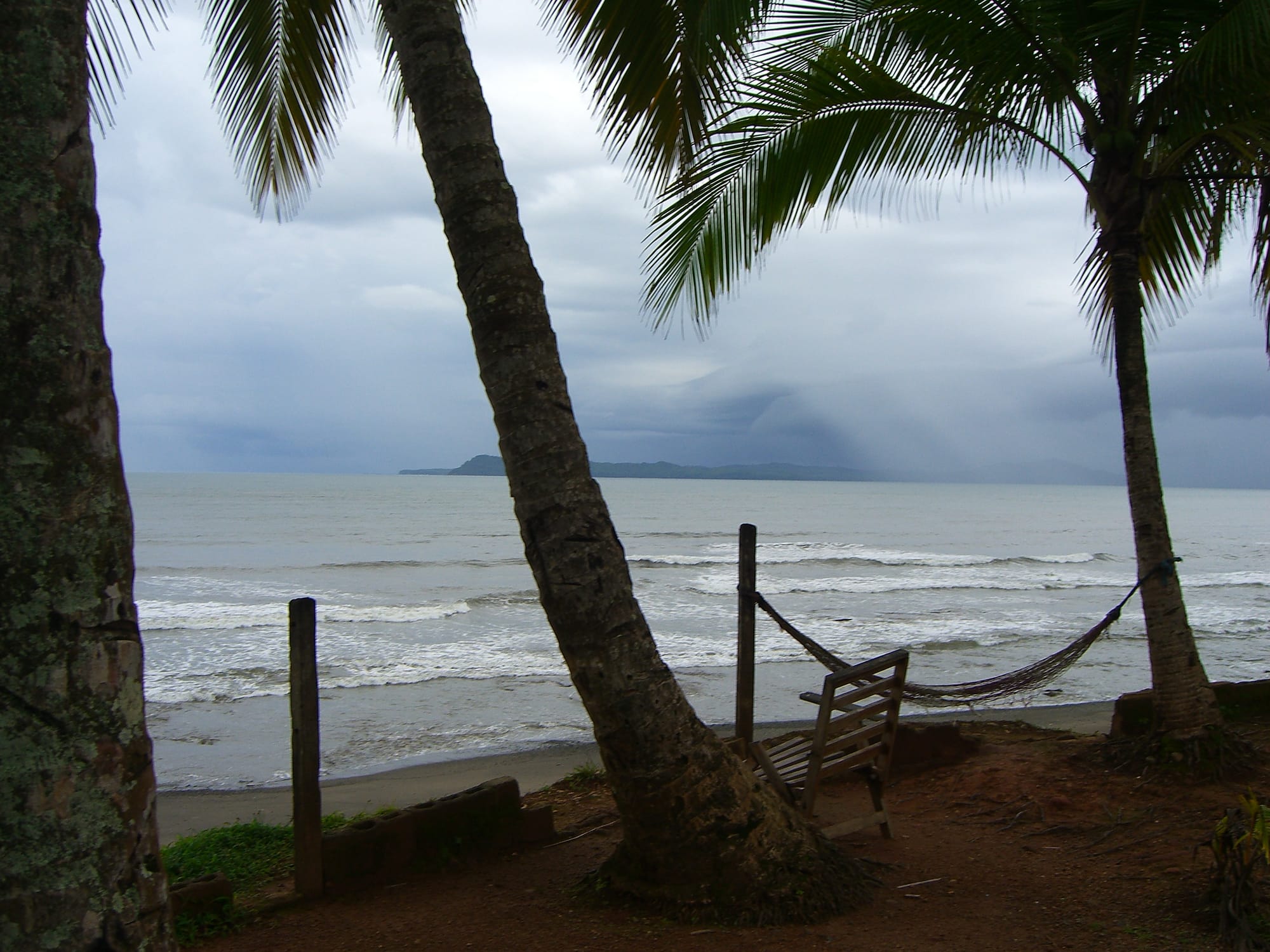
During the political season, we noticed a billboard in another remote city, Chitré, promoting a Senator’s reelection. His name was Manny Cohen. We wondered if he were Jewish. As we visited the city we passed his campaign headquarters and went inside to say hello. Manny was there! Indeed, he is Jewish with family in Miami. The legislature and judiciary in Panama both have a number of Jewish members, and a former president was Jewish. The Panamanians do not seem to discriminate against Jews within their own culture.
In Chitré we stumbled upon an old cemetery. There we found old gravestones with pebbles on them. The most recent burial had been in 1977. Apparently, at one time Jews had helped settle the area; there had once been a community in Chitré! Today there is no sign of a synagogue or a community there.
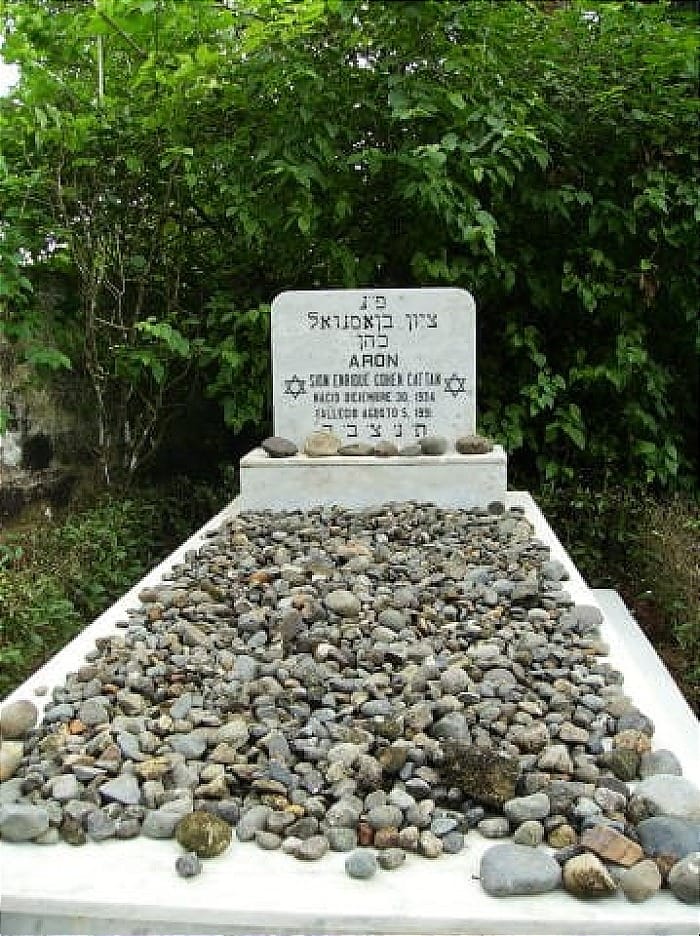
Now, back to the matzoh. We found two very clean, kosher supermarkets in Panama City. Both were in the Punta Patilla neighborhood, another very popular area for Jews to live in. Once we found these places, we enjoyed shopping there whenever we were in Panama City because the markets in Santiago were nowhere near as well-lit or well-stocked, and they did not have many of the products we wanted, such as matzoh, which was available in the Jewish supermarkets along with Israeli treats. Panama City also had a large enough Jewish presence to support a few kosher restaurants.
You could buy bagels in the kosher supermarkets, of course. In addition, Panama also had two bagel restaurants. One is in Panama City in Einstein Plaza off Via Argentina, reputedly run by an ex-Peace Corps volunteer. It’s a favorite place to sit and work while you have a bagel. The other, run by an American, was in the very remote city of Boquete, ten hours by bus from Panama City. International Living magazine heavily promotes Boquete as a good place to retire. (They may have a hand in developing American-style housing there.) Boquete, surrounded by coffee plantations, is a favorite destination for American ex-pats. We discerned no Jewish life in Boquete. It seems the Americans living there just liked bagels as a secular food. For example, the day that we visited the bagel place, we bumped into several Peace Corps volunteers eating there who were not Jewish. They were simply passing through Boquete and wanted an American-style lunch. In any event, you can find “bagels in the boondocks,” even in the absence of a Jewish community.
We would spot an occasional Star of David on the signage associated with a business facing the road. We assumed those tradesmen might be Jewish, but the symbol has other meanings and is sometimes referred to in Christianity as the star of creation.
There are approximately 10,000 – 15,000 Jews in Panama, mostly in Panama City. Many are involved in trade associated with the Panama Canal. A large “free trade” zone exists next to the Canal near the City of Colon. Colon had a reputation of being extremely dangerous, so the Peace Corps did not allow visits there. We understand visiting the free trade zone is restricted, and passports are required to enter. But it makes perfect sense that Jewish merchants would gravitate to this vocation.
Of course, Jews were also the grocers in the supermarkets, teachers at the day schools, doctors, lawyers, and workers in all walks of life. I read a fascinating book, The Tailor of Panama, about General Noriega’s tailor. He seemed to be Jewish. I would have expected Jewish immigrants to Panama might have become tailors just like they did in the US.
So, the bottom line is, yes, indeed, there are Jews in Panama! Panama has the largest Jewish population in Central America. The Jews mainly stay to themselves and are insular in many respects, but those inclined to offer their services publicly and politically can do so without retribution and with success. At least in Panama City infrastructure exists for Jewish life to thrive.
Michael Wald discusses these issues and more in his book Why Didn’t You Call, A Peace Corps Exposé, in which an "over-50" Peace Corps volunteer lovingly and humorously brings his experienced insights about serving in the third world part of Panama. Available on Amazon.
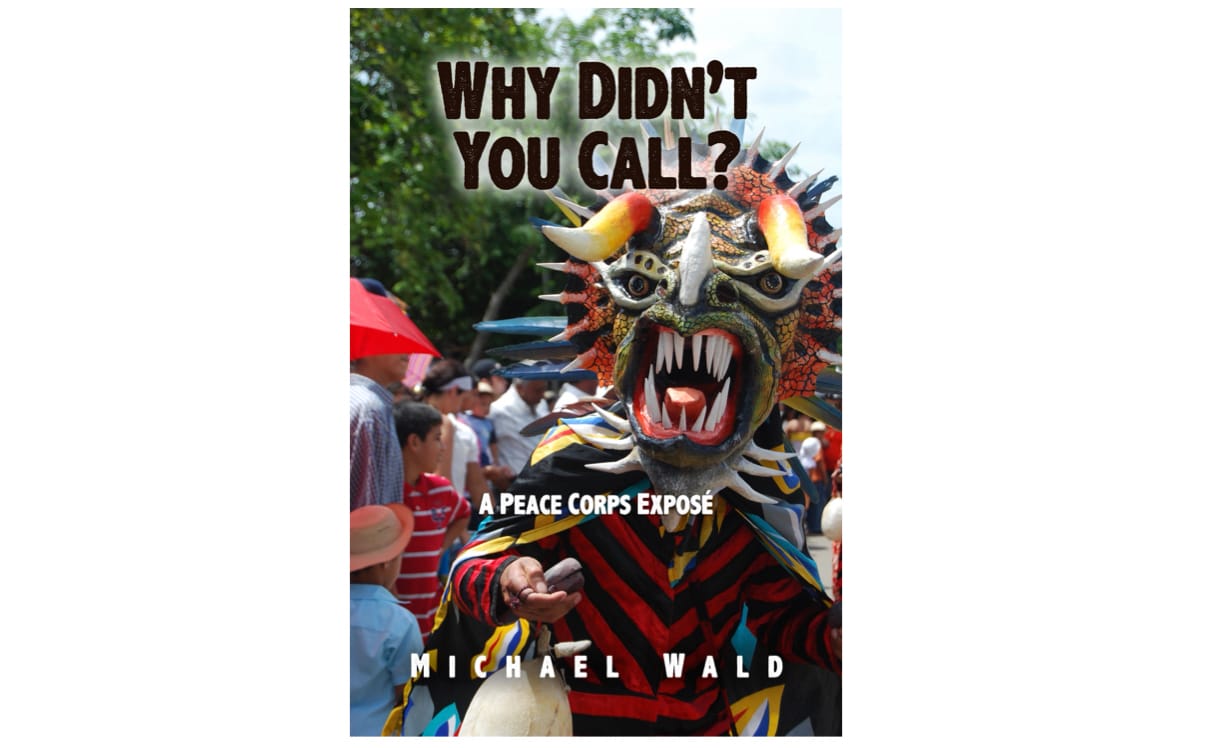
To see more articles click here, the HOME button at the top of the page.
Community Supporters of the NM Jewish Journal include these advertisers:
Jewish Community Foundation of New Mexico
Congregation Albert
Jewish Community Center of Greater Albuquerque
The Institute for Tolerance Studies
Shabbat with Friends: Recapturing Together the Joy of Shabbat
Congregation B'nai Israel
Jewish Federation of El Paso and Las Cruces
Temple Beth Shalom
Single Event Announcement advertisers:
Academy of Jewish Learning at Congregation B'nai Israel
New Mexico Jewish Historical Society
Policy Statement Acceptance of advertisements does not constitute an endorsement of the advertisers’ products, services or opinions. Likewise, while an advertiser or community supporter's ad may indicate their support for the publication's mission, that does not constitute their endorsement of the publication's content.
Copyright © 2024-2025 New Mexico Jewish Journal LLC. All rights reserved.
